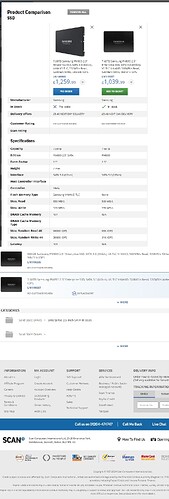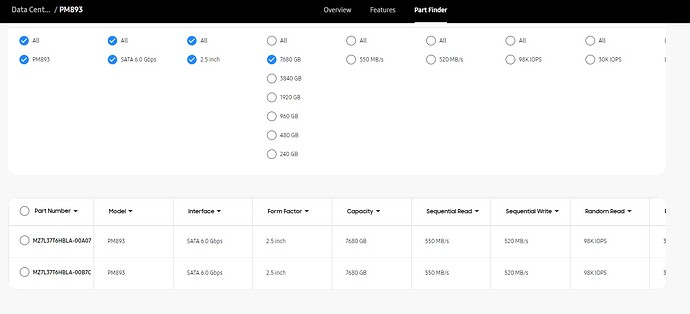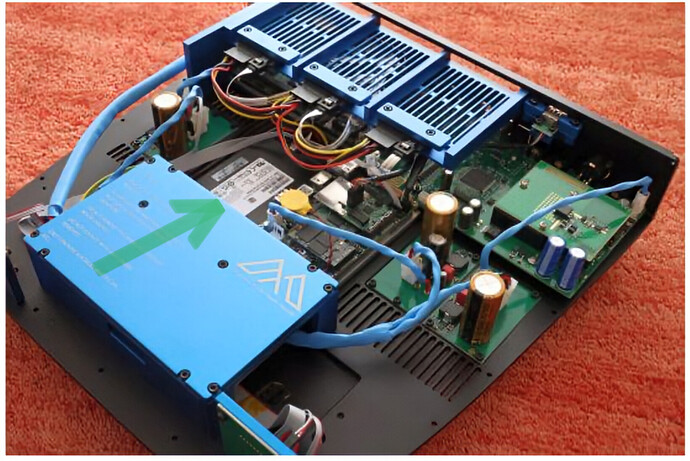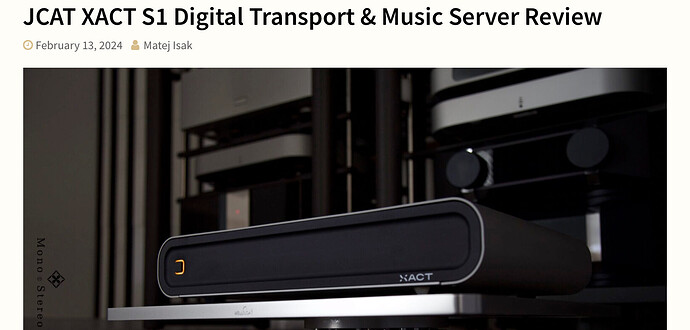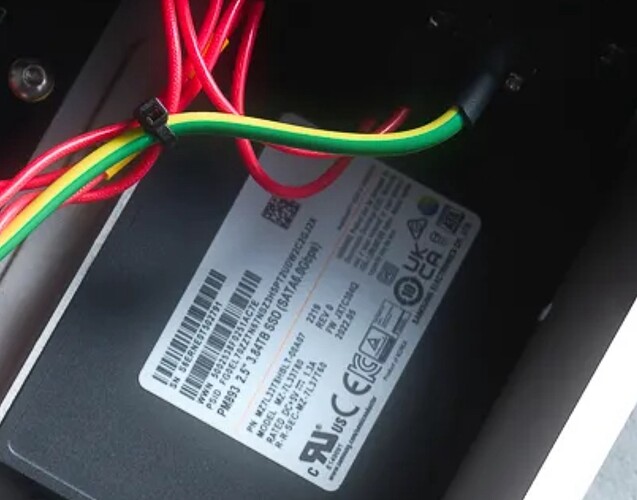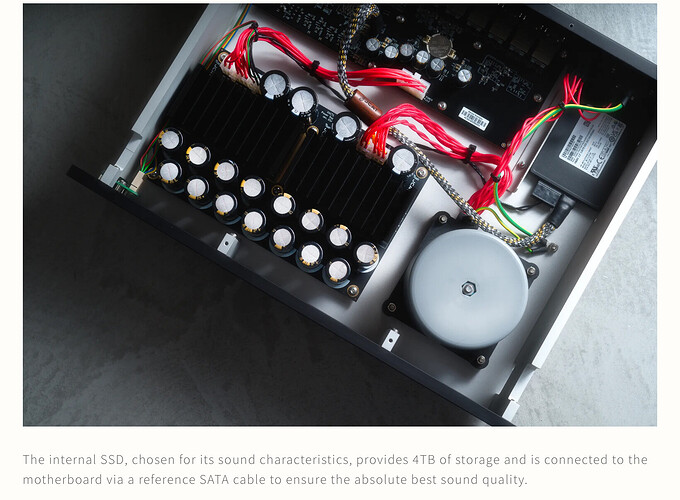There are two versions which version do you recommend?
Can you share a link to that page? My guess is that these are the same drive but are just sourced from different suppliers so the description differs slightly.
Same supplier differences in speed
Same seller but the drives may be supplied to this seller by different suppliers. The suppliers usually provide a data feed from which the details can be uploaded to the seller’s site. The differences between these two may simply be that one supplier provided data that wasn’t accurate. This happens often with web commerce. I asked for a link so I could poke around to see if my hypothesis was correct.
Samsung themselves lists that read speeds are “up to 550 MB/s” and write speeds are up to “520 MB/s” so that makes me think this is a data quality issue and they are actually not different drives.
Please find enclosed links
https://www.scan.co.uk/products/768tb-samsung-pm893-enterprise-sata-ssd
Same part number, newer generation, I think. The only difference might be the firmware the drive ships with. Western Digital does this regularly with their Red drives that I use in my NAS. For example, I presently have a WD60EFRX-68L0BN1 and a WD60EFPX-68C5ZNO, but both are Red Plus 6TB drives. Were I to purchase today from Amazon, it looks like I’d get a WD60EFPX-SPC5ZN0. Same specs for all three AFAIK.
Thanks for sharing the links. These do have different manufacturer codes. The latter is listed at semiconductor.samsung.com while the former is listed at samsung.com. Different suppliers though not sure what difference it makes. It is most likely the same drive.
V6 TLC V-NAND dates back to 2019. In 2024, V9 TLC V-NAND is available. The current speed and power are suitable for business applications but may not be ideal for audio. I assume Antipodes made their recommendation based on V6 or V7, so it might be better to stick with V6 where specified.
(If that information can be retrieved and is correct as mentioned above of course).
One thing for sure … over £200 difference
00A07 version is what we use here
The model number would change if a different V-NAND was used, I think. I think it would no longer be a PM893, in other words, if such a change was made.
I suspect that your suspicion is correct that newer might not be better for audio. But if newer means lower power consumption, there could be an audio benefit.
Indeed, I only brought this up under the assumption that higher speed and power consumption are generally not preferred for better sound quality.
Samsung’s TLC V-NAND technology (configuration of the memory cells in the chips) evolves over time, and these updates aren’t always reflected in the spec sheets. Consequently, new generations may have different part numbers. Apparently in V-NAND 9th gen power consumption has also improved by 10% over the previous generation, a potential for better sound ![]() .
.
The PM893 is produced for several years now, covering multiple V-NAND generations. My 2TB unit, purchased last year, has a production date from 2022 and ends in -00W07 (identified by Antipodes Solution dashboard as SAMSUNG MZ7L31T9HBLT-00A07). There’s also a version available ending in -00A07, though in both details about V-NAND are unclear.
Specifying the exact version you’ll get when ordering, beyond the model (PM893) and capacity, is challenging.
‘‘SSD recommendation for new K models’’: playing local files vs. streaming today
Please take note the PM893 SSD wasn’t specifically designed for audio but was ‘‘discovered’’ among (how many?) SSD’s by Antipodes to improve sound quality. For a couple years now I’ve experienced that better SSDs can enhance sound quality. Same for RAM memory, specifically when the OS is buffering whole tracks/albums in RAM before playing.
So, I’m wondering if, today, Antipodes installs the PM893-00A07 SSD for the operating system for either the player or server board in for example their Oladra models, in addition to recommending it as the optimal SSD for music files (see image below with Samsung OS SSD in center)
When considering this recommended SSD I would keep in mind that as streaming sound quality improves, specifically in a well-isolated network, the need for dedicated audio SSDs is decreasing. This is likely my last one. However, for specific files, or when you cannot isolate in an audio network or when there are too much other home-network devices in the network, playing local files can still be a worthwhile addition.
© HFA hifi-advice : Oladra G-x
Here is another link as a supplement. Maybe it will help😃
https://www.mindfactory.de/product_info.php/3-84TB-Samsung-PM893-2-5Zoll--6-4cm--SATA-3D-NAND-TLC--MZ7L33T8HBLT-00A_1414662.html
A key highlight of this new model server is its internal SSD, which features the Antipodes recommended PM893. Control app is JPLAY for iOS (UPnP ) and the server runs on XACT OS installed on a military grade SD card.
Curious about how the PM893 SSD sounded, after his recent review on hifi-advice.com I asked Christiaan Punter - HFA, and he confirmed: (…) the SQ delta between local and streaming depends on a few variables, an important one of which is the recording date. Recent files often sound better streaming than when ripped from a CD. For older albums, it can go both ways, especially when comparing originals with remasters. But under equal circumstances, *more often than not, local is better.
Christiaan regarding the JPLAY app and XACT S1 : (…) the software does indeed extract even better sound than other apps. The purity of sound, UPnP’s inherent sonic stability, and JPLAY’s absolutely superb interface actually made me set Roon aside and switch to UPnP, controlled by JPLAY, as my favorite app! (…)
At least as of August 9, 2024, he still declared this. ![]()
(Off topic now but the HFA review also surprisingly compares the S1 to the OLADRA.
« The XACT S1 becomes even more impressive when comparing it to the Antipodes Oladra running in UPnP/MPD mode, using its USB output, and being controlled by the JPLAY app. »)
The internal SSD, chosen for its sound characteristics, provides 4TB of storage and is connected to the motherboard via a reference SATA cable to ensure the absolute best sound quality.
Images and text from Monoandstereo
I am guessing they achieve that because the JPlay software running on their device is superior to what can be achieved with MPD/MinimServer.
This made me revisit MPD on my EX, Minimserver on my NAS and JPlay. While the sound was a bit more “forward” , I quickly returned to naa on the EX, roon on the K30 and hqplayer5. JPlay may look like roon but it’s functionality is inferior for my use case.
and the OS built to work with JPLAY does not hurt either I guess.
Unless of course, you use Andriod
